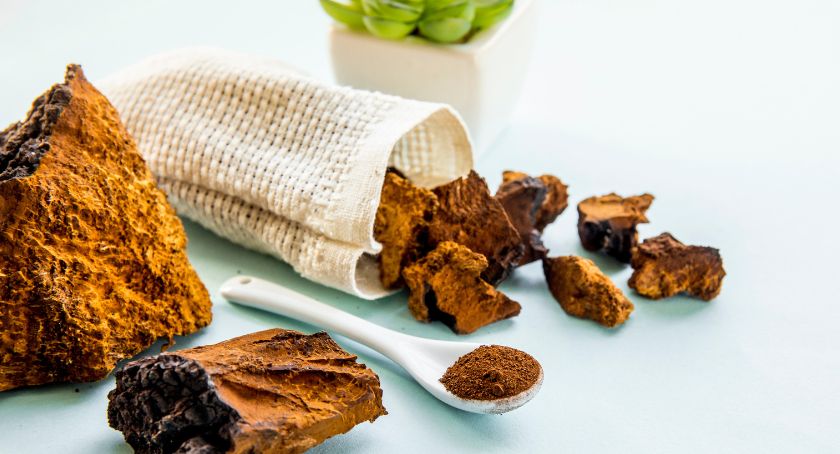Research
Nammex Publishes Study on Chaga Analytical Techniques
The paper provides testing methodologies to distinguish wild-harvested Chaga canker from mycelium-fermented grain products.

By: Mike Montemarano

Photo: FotoHelin | Adobe Stock
Nammex, a supplier of organic-certified mushroom extracts, recently published a research article, “Comparative Study of Chaga (Inonotus obliquus) Dietary Supplements Using Complementary Analytical Techniques,” in the International Journal of Molecular Sciences.
In the study, authors establish a multi-analytical framework to identify authentic chaga canker, and assess the quality of commercial dietary supplement products.
Chaga is a fungal product, but technically not a mushroom. Chaga is the common name for the sterile canker that forms on birch trees (Betula spp.) as the tree’s response to infection by a pathogenic fungus, Inonotus obliquus. Chaga is rich in antioxidants and has immune and cardiovascular support properties, among other health benefits. As consumer demand for chaga-based supplements rises, concerns have emerged over quality control, mislabeling, and authenticity. A major issue is the misrepresentation of mycelium-fermented grain products as authentic chaga, despite differences in composition.
Authentic chaga canker is characterized by “high melanin content, high β-glucan to α-glucan ratio, and unique triterpenoid and phenolic profiles. In contrast, fermented grain products contained significant starch and α-glucans, lacked key triterpenoids, and exhibited metabolic profiles closely resembling their grain substrates rather than chaga canker. These findings emphasize a need for rigorous analytical verification to prevent misrepresentation in the marketplace,” the authors wrote.
The study shows the utility of analytical methods for authenticating fungal-based dietary supplements, and detecting products misrepresented as authentic chaga. Nammex’s scientific team identified chemical markers that can distinguish wildcrafted chaga canker from mycelium fermented grain or pure mycelium products. These methods can assist in the proper labeling of mushroom- and fungal-based dietary supplements.
Nammex has been pioneering beta-glucan and secondary metabolite testing for mushrooms and fungi. Recently, an HPTLC identity method the company developed was adopted by third-party testing laboratory Eurofins. Nammex announced that it will continue to support and collaborate on analytical methods, and the paper is open access ot share the work freely with others who are interested.


